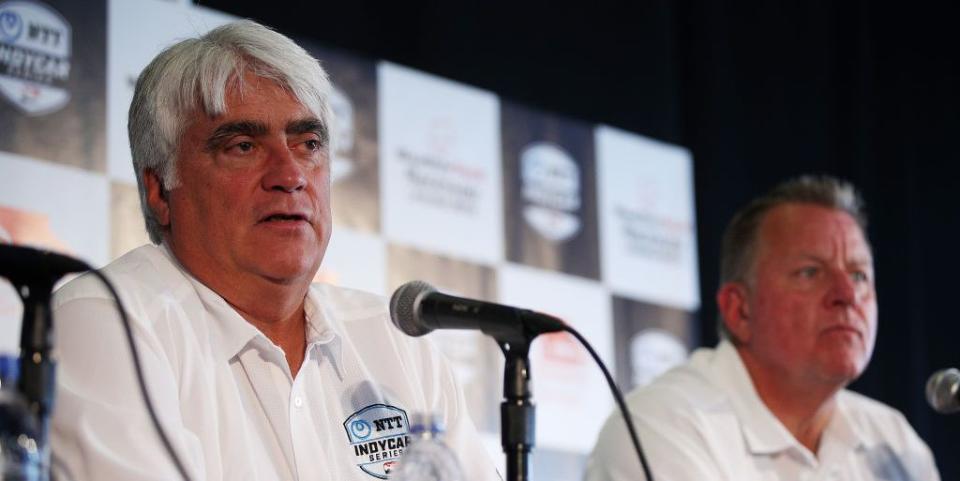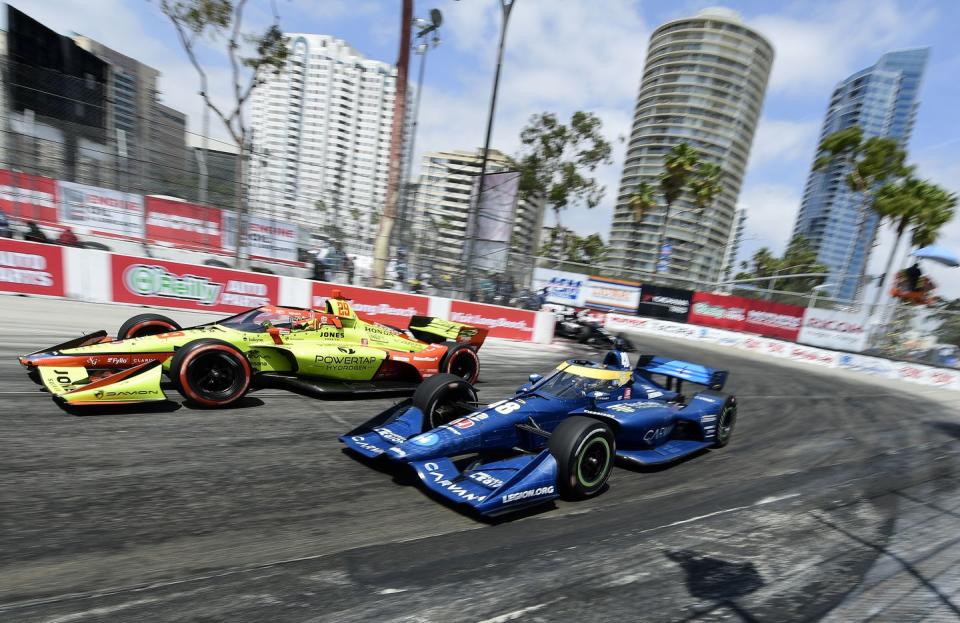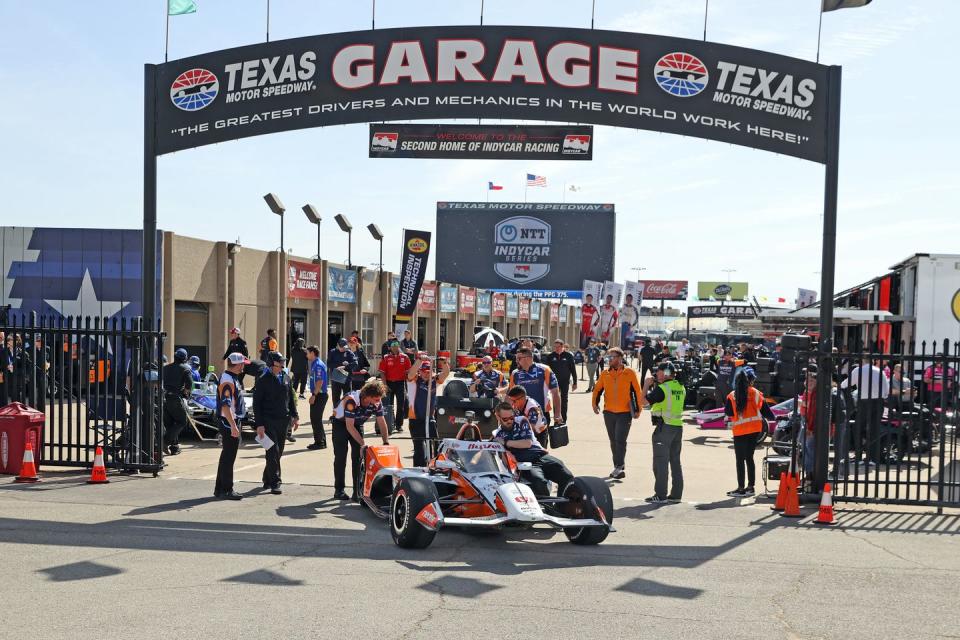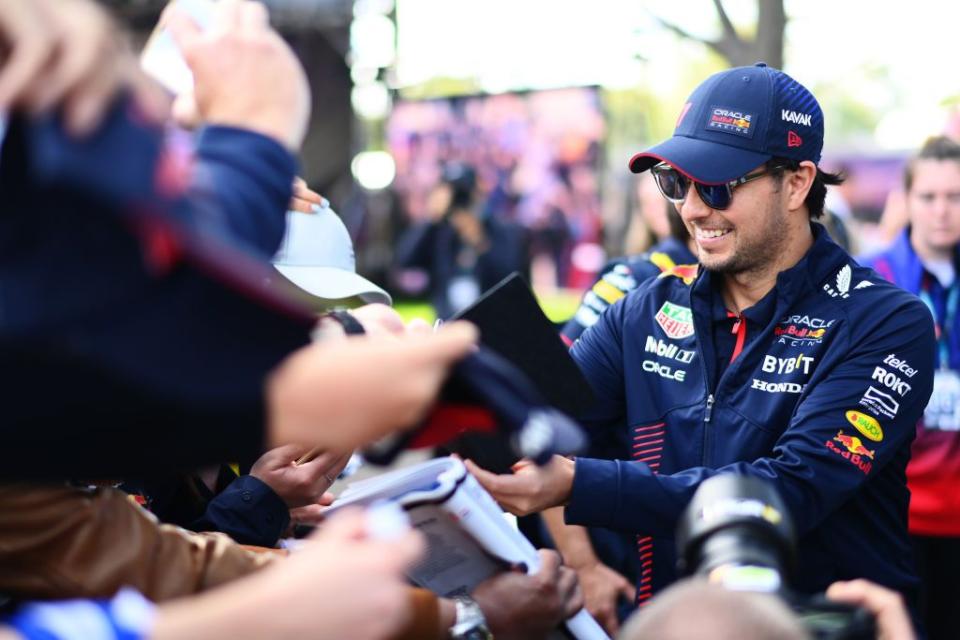Where IndyCar Could Add Races—And Where You Can Bet It Won’t

IndyCar CEO Mark Miles talks about the possibility of adding races to the IndyCar schedule, particularly in the long gap after St. Petersburg.
He also stressed there are certain races that won’t move, due to “date equity.”
While there may be the opportunity to add a race in Mexico, Miles makes clear the chances we’ll see IndyCar return to Europe or Asia are close to zero.
In an exclusive one-on-one interview with Autoweek, IndyCar CEO and Penske Entertainment Chairman Mark Miles said the US-based open-wheel racing series is looking to add at least one more race to the current 17-race schedule.
And there may be additional races ahead, although those could potentially be non-points paying races that would serve more as exhibition events, particularly if they’re in distant global locations such as South America or Europe.
“We’re always looking, we always have a number of conversations, sort of irons in the fire,” Miles told Autoweek. “It often takes time to develop and get to the point where you can pull the trigger and either get back into a (market that IndyCar previously raced in, such as Watkins Glen) or enter into a new market. Take the Nashville race, for example. It was at least five, maybe six years from the time we first started having discussions with folks down there before we had the race.
Miles envisions at least one more race “in North America” to be added to the current schedule, but did not reveal potential market(s). However, a number of possibilities have been grist for the rumor mill in recent months, including Vancouver, Denver, Las Vegas (likely a street race), possible returns to Milwaukee, Chicago, Phoenix, or New England, and a potential street race in the New York/New Jersey market and perhaps even the Salt Lake City area.
It’s likely that a potential new venue would come in a warm weather area in early spring to fill the one-month void that occurred this year between the season-opening race in St. Petersburg, Florida, and the second race of the season, two weeks ago at Texas Motor Speedway.

That nearly one-month hiatus was especially noticeable this year. There was such a large buildup to the race—arguably the biggest buildup to a season opener since the pandemic began—and then IndyCar essentially went dark for four weeks.
It’s possible that warm weather locale could potentially be in Mexico, as at least four cities in the nation south of the border have reached out to IndyCar about hosting a potential race, including Mexico City and Monterrey. A good part of that reason is that country’s strong following of the series, which is further heightened by fan favorite Patricio “Pato” O’Ward, a native of Monterrey.
During the recent race at Texas, O’Ward, who is currently the NTT IndyCar Series points leader heading into this weekend’s race in Long Beach, had an estimated 600-plus followers who either flew up or drove up from Mexico to attend the race and cheer him on—to a runner-up finish, his second in as many races this season.
For IndyCar to travel beyond North America makes venues problematic. They’d have to have strong governmental economic support, as well as strong promotions and a strong potential fan base for IndyCar to grant it a sanction.
“The reality is there’s another dynamic, and for IndyCar to travel is expensive,” Miles said. “I mean, if you look at the average sanction fee that Formula 1 gets or Moto GP, where they can afford to fly all their cargo, all their freight, fly all their people, they’re set up to do that. And it’s covered by sanction fees, which essentially are largely subsidized by their governments.”

Prior to the COVID-19 pandemic, speculation was that IndyCar was looking at potentially holding two events in Europe. But once the pandemic hit, that possibility fell by the wayside—where it continues to remain.
“We prefer it to be in this hemisphere, the Western Hemisphere, in North America,” Miles said.
And while Miles and IndyCar are both open to adding at least one or more events to the regular schedule, the racing calendar for the series will likely remain from early-to-mid March to early-to-mid September, and no later.
“We we are not interested in going longer into the calendar year than we do now,” Miles said. “(It’s because of) television. When college football and the NFL starts, ratings decline. You look month by month or week by week and look at the end of their year when they’re building. Those are the lower-rated races in NASCAR. It’s it's just the reality of the United States. And it matters to the sport.”
One thing that has been of significance to Miles and IndyCar as a whole is the explosion of popularity of Formula 1 in the US. Driven primarily by the reality TV series Drive To Survive, F1 has become a major force, but one that Miles feels is not necessarily adversarial or fighting for the same racing fanbase.

“I think in this country, it’s a friendly competition,” Miles said. “(F1 isn’t) looking to run 12 races in the United States. They are primarily an international circuit that hopes to have three events in this country. We are the flip side of the coin. We are the American, US, and North American based circuit, which today has 17 events in this country, including Canada. So, I think we’re very different in terms of our business.
“I think for us, our metrics for fans is positive (and) is growing. Whether it’s social, digital, any of the platforms, TV, linear TV, we’ve been going up in every respect for a few years now. And that continues, with the digital and social at a really fast clip.
“Also, and it’s a fact, the total audience delivery we have, which is a TV and streaming metric for the number of people who watch races, IndyCar still has a larger average audience than Formula 1 does.”
“Date equity” has become a significant factor for IndyCar, meaning that the series likes the tracks it currently races on, doesn’t have any plans to leave any of its current markets, and is being judicious about if and when it might add another track and market. In fact, IndyCar has not added nor dropped a race since 2019 (it dropped Pocono, as well as a one-time stop at Circuit of the Americas).
“Making the schedule is dynamic,” Miles said. “Since 2020, for example, we have had great consistency. I don’t remember if we’ve had anything change. If anything, I sense some appetite among our fans for different events, some refreshing (of the schedule). On the one hand, we like date equity. On the other hand, if we can give something new to our fans, and getting in new markets and the like, then that’s interesting, too.”
What’s next for IndyCar? Even Miles isn’t completely sure. But building the series and bringing in at least one additional vibrant and successful market into North America’s premier open-wheel series is at the top of his list, followed by potential venues such as South America for an exhibition event.
Follow Autoweek contributor Jerry Bonkowski on Twitter @JerryBonkowski

 Yahoo Autos
Yahoo Autos 